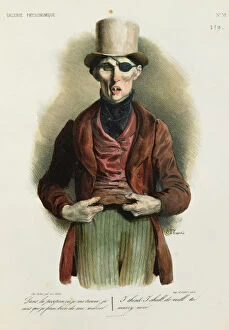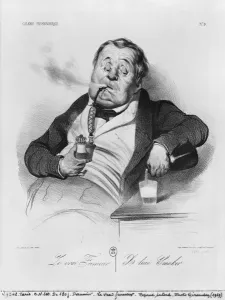Physionomy Collection
Physiognomy, the art of reading character traits from facial features, has long fascinated scholars and artists alike
All Professionally Made to Order for Quick Shipping
Physiognomy, the art of reading character traits from facial features, has long fascinated scholars and artists alike. From Cesare Lombroso's "Specimen of Criminals" to Professor Bertillon photographing "The Assassin of Choisy-le-Roy, " these captivating images offer a glimpse into the world of physiognomy. In one illustration titled "Transition from the monkey to Apollo, " we witness the evolution of human appearance over time. This thought-provoking image reminds us that our physical features have evolved alongside our intellectual capabilities. Another intriguing piece is the oil painting titled "Study of Nuns. " Here, a novice and an abbot are depicted, showcasing how even within religious orders, individuality can be discerned through facial expressions and demeanor. Moving on to Galerie Physionomique's depiction in "The Man Who Lives by his Wits, " we see how this pseudoscience was applied in criminal investigations. By analyzing criminals' faces and body measurements like Louis Jean-Baptiste Lepine's anthropometrical police record, authorities attempted to identify potential threats or patterns among offenders. Phrenology also played a role in understanding human behavior through cranial shape analysis. Doctor Philippe Jean Pelletan's manuscript showcases this study with intricate illustrations depicting different phrenological aspects. Furthermore, Hampton Court's head studies provide insight into caricature art as it explores various exaggerated facial expressions for comedic effect. These cartoons demonstrate how physiognomy can be used not only for scientific purposes but also as a means of artistic expression. Lastly, an engraving titled "Influence de la Moralite ou de L'Immoralite sur la Physionomie" delves into the connection between morality and facial features. It raises questions about whether one's character can truly be determined solely by their physical appearance or if there are deeper complexities at play.





















